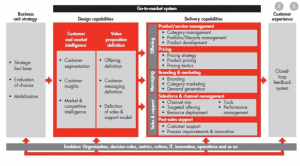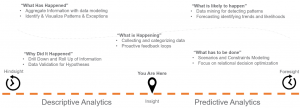Businesses currently have access to more data than ever before but utilizing this data to provide actionable and informed decision is the challenge many organizations face. Business intelligence therefore plays an important role by converting the data into useful information that can be used to inform business decisions and improve company efficiency and performance.
Predictive analytics tools play a crucial role in optimizing and improving business functions and processes across the whole of the business as it they make sense of big data and other sources to predict future outcomes.
The example diagram below (Figure 1) illustrates the importance of analytics to the whole of the business’s operations.

Figure 1
Historically analytics have been in the main descriptive as opposed to being predictive. Descriptive analytics are important for understanding the past, predictive analytics are vital to the success of a company both now and in the future as the following diagram (Figure 2) shows pictorially.

Figure 2
WHAT ARE DESCRIPTIVE ANALYTICS?
Historical data is collected and converted into relevant information that can to a point inform business decision making and make some impact on performance. This form of analytics has limitations when it comes to forecasting because it is descriptive.
WHAT ARE PREDICTIVE ANALYTICS?
Predictive analytics work through a specific sequence of modeling the data, training the data model, and drawing accurate predictions of future outcomes. This enables businesses to create and test hypothesis using the data models. Through this process, companies can create accurate models of future outcomes. Being able to forecast future outcomes accurately brings immense benefits for businesses.
HOW PREDICTIVE ANALYTICS CAN HELP MANAGEMENT PLANNING
Using our example in Figure 1 let’s explore some examples where predictive analytics can help:
1. PREDICT CUSTOMER NEEDS
For businesses the capability to accurately predict the needs of customers is a fantastic opportunity. With the help of AI technologies and predictive analytics, companies can shift their marketing away from informed guesswork towards an accurate prediction of customer needs drawn from data.
2. BRING THE RIGHT PRODUCTS/SERVICES TO MARKET
When businesses look to bring new products and services to market, there are plenty of variables that can affect the design stage and success of the final product. Companies often resort to guesswork when estimating project length, budget, and customer demand. Predictive analytics helps businesses overcome these design pitfalls and provides several other benefits:
Viability
Predictive analytics tools can help companies verify the concepts for new products and services, assisting the design team in testing and refining the design and launch process to ensure the product is the best it can be before reaching customers.
Product Development Management
Predictive analytics can provide the insights needed to create an accurate roadmap for bringing products to market – providing accurate information on the current state of the product, what the product should look like and what is needed to reach that result.
Market Potential
A key benefit of predictive analytics for businesses is to accurately predict the demand and market potential for products and services before they go into development, reducing costs, and improving efficiency. Businesses can estimate how a product will be received by customers at the concept design phase by being able to predict demand and feasibility before moving to the next stage of development where a more significant financial investment is required.
3. PRICING STRATEGY
Pricing strategy is an area where businesses can see fast results and tangible return on investment from the implementation of predictive analytics. Drawing from historical pricing information, current market trends, competitor pricing data, and other sources of data, predictive analytics can help companies optimize future product pricing for maximum profitability.
Predictive analytics empowers companies to delve deeper into customer segmentation, product information, and purchasing situations. Through analyzing this data, companies can identify trends and patterns to inform and optimize pricing for maximum profitability.
4. BUDGET SETTING
The key to efficient budget setting allocation is to identify which platforms and channels are delivering the best results for ROI. Predictive analytics can be used to analyze data according to the KPIs for marketing goals, highlighting which channels and platforms are performing efficiently and which are not.
The marketing channels and platforms that are offering below expected performance are identified and can be allocated a smaller percentage of marketing spend, lifting the overall average of marketing spend by allocating more budget to the channels with the best performance.
5. PREDICT MARKET TRENDS AND GROWTH
It is vital for businesses to gain an understanding of how the market and customer preferences are likely to change and evolve moving forward. The value of any product is built upon the worth customers place on it. It’s important that businesses how customer product demand is changing and ensure they are fulfilling the demands of the customer now and in the future.
Predictive market analysis enables businesses to utilize all the available data to understand the current and future trends that will shape the market. With this information, businesses can create a strategy that will position them to take advantage of opportunities, increase market share, and be robust to disruption and new competitors.
Predictive market analysis can reveal how customers perceive a product or service, and the customer needs that have yet to be satisfied by the business or its competitors. Predictive analytics empowers businesses to understand their target audience better, increase the connection with customers by meeting their needs, and identify areas for additional revenue and growth.
CONCLUSION
While the capabilities of predictive analytics are already here, most businesses are still in the early stages of adopting and utilizing this technology. However, this form of accurate and fast business intelligence will be the crucial differentiator between success and failure moving forward. There are plenty of reasons to embrace predictive analytics, but perhaps the most convincing argument is the simple fact that it is a way to predict future outcomes. While descriptive analytics provides conclusions drawn from past events, predictive analytics provides actionable insights for businesses looking to serve their customers better both now and in the future.
For more information contact us at www.synergygrc.com
References

Recent Comments